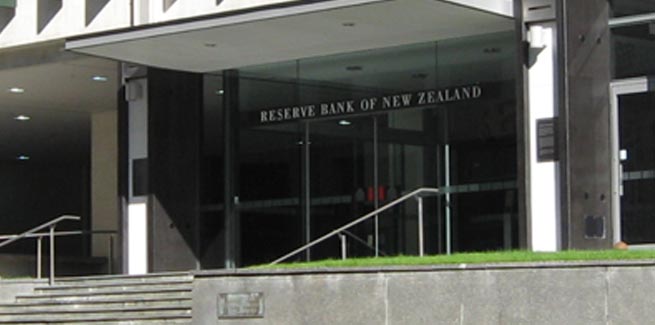The Reserve Bank of New Zealand, also known as Te Pūtea Matua, first lifted the nation’s official cash rate (OCR) from its near 18-month low of 25 bps in October, bumping the figure to 50 bps.
In April, the RBNZ decided to increase the OCR by 50 bps, which at the time was the largest bump made by the central bank since 2000, repeating the same hike in May.
The RBNZ did not review its OCR in June.
According to the RBNZ, its monetary policy committee, during its latest meeting, decided to “maintain its approach of briskly lifting the OCR” until it is confident that monetary conditions are “sufficient to constrain inflation expectations and bring consumer price inflation to within the target range”.
Over the March 2022 quarter, New Zealand’s CPI reached 6.9 per cent.
In March 2021, this figure was 1.5 per cent.
The RBNZ has said that core inflation measures “are around 4 per cent”.
New Zealand’s central bank also noted that the committee agreed that the global economic outlook has continued to broadly weaken, with some members also noting that the New Zealand dollar exchange “has depreciated since the May Monetary Policy Statement”.
According to the currency exchange platform XE, New Zealand’s dollar has dropped from US$0.64 to US$0.61 between this period.
Members of the committee also reported that, over the March 2022 quarter, the nation’s GDP has contracted.
“Financial conditions have continued to tighten with mortgage rates rising in response to, and in anticipation of, increases to the OCR,” the RBNZ said.
“Asset prices, including house prices, continue to decline.”
Speaking of the decision more broadly, the RBNZ said that the committee “remains broadly comfortable with the projected path of the OCR”.
“Once aggregate supply and demand are more in balance, the OCR can then return to a lower, more neutral, level,” the RBNZ said.
“The committee viewed this strategy as consistent with achieving their primary inflation and employment objectives without causing unnecessary instability in output, interest rates and the exchange rate.”
Westpac has said it predicts the OCR to reach 3.5 per cent by the end of 2022.
The decision mirrors Australia’s central bank, which decided to boost interest rates to 1.35 per cent earlier this month.
Speaking of the decision to increase Australia’s cash rate for the third consecutive time, RBA governor Philip Lowe said that the board “expects to take further steps in the process of normalising monetary conditions in Australia over the months ahead”.
“The size and timing of future interest rate increases will be guided by the incoming data and the Board’s assessment of the outlook for inflation and the labour market,” Mr Lowe said.
Following the decision, both NAB and Westpac revised their cash rate outlook over the incoming six months, with the two lenders predicting the figure to reach 2.6 per cent by February.
[Related: RBNZ begins first 5-year remit review]
